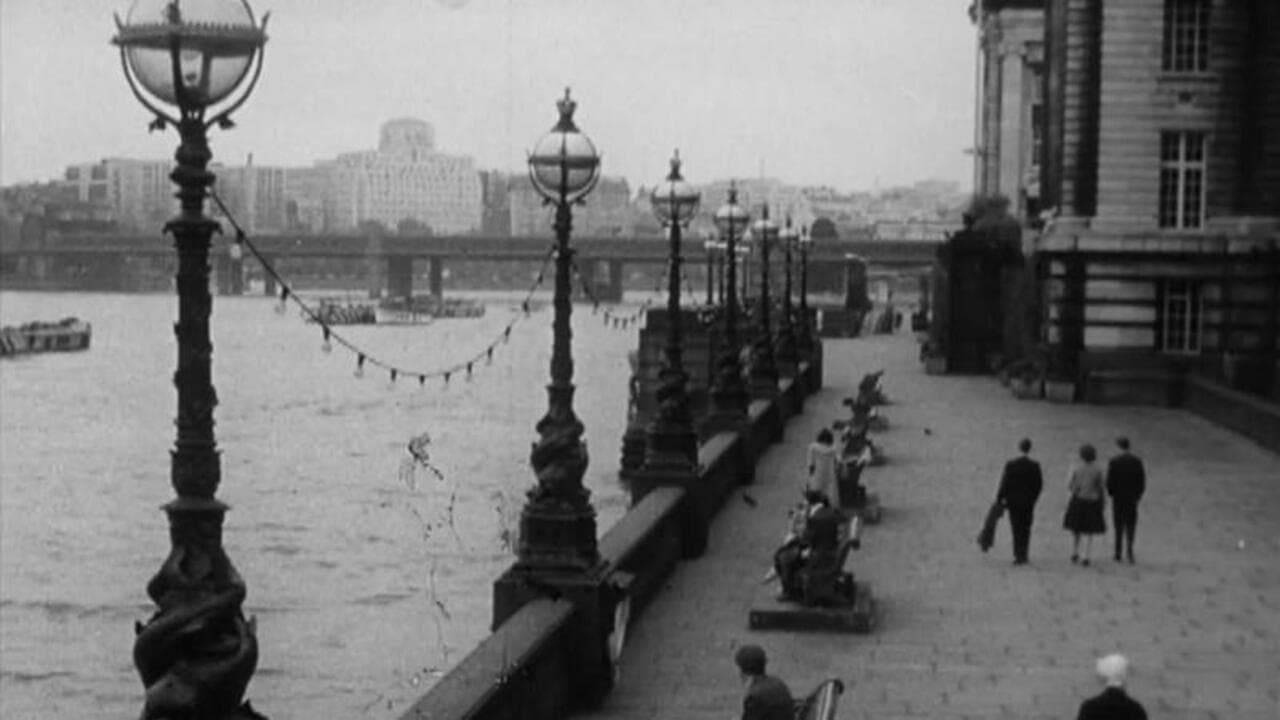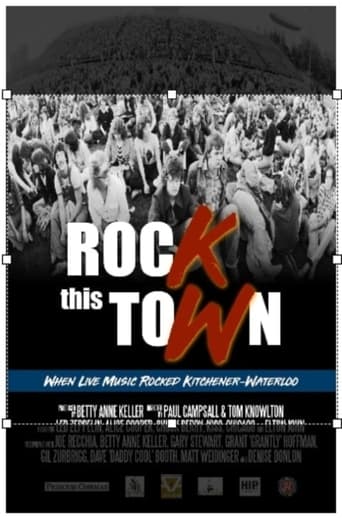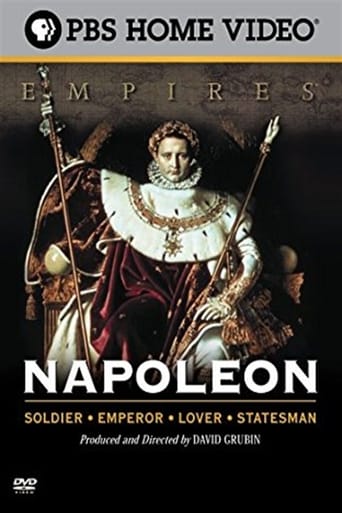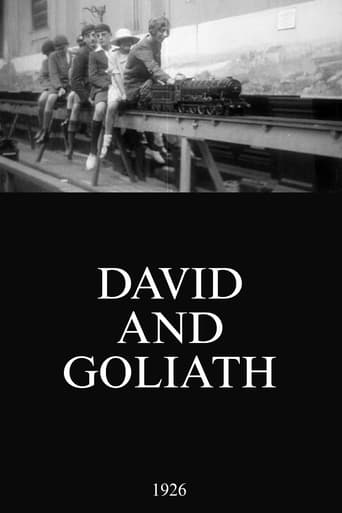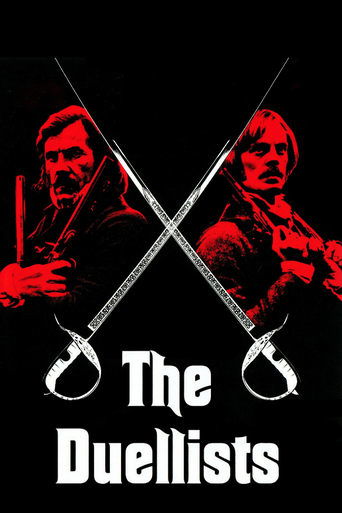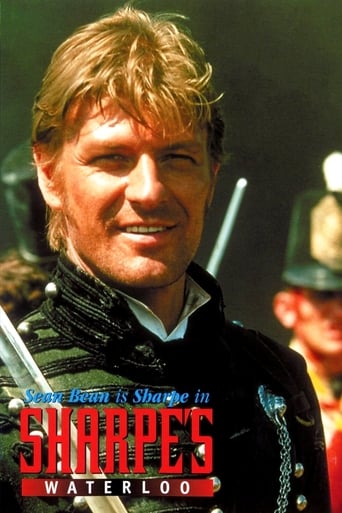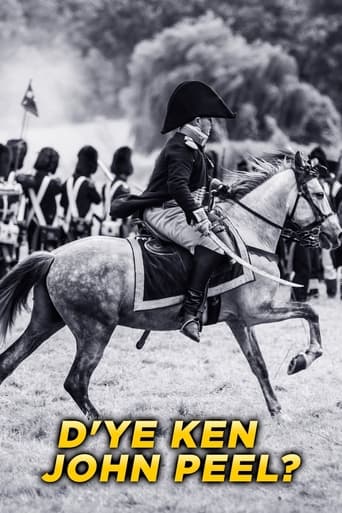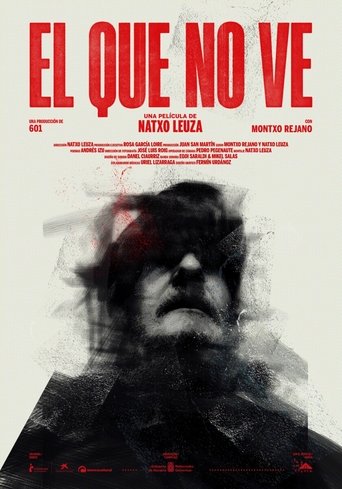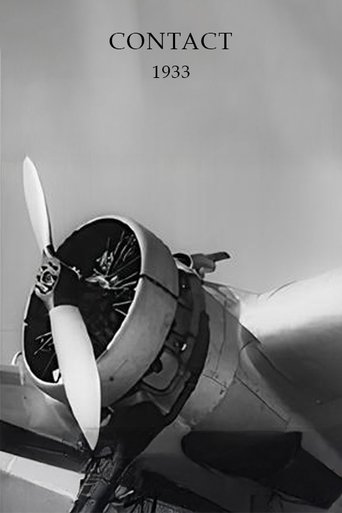23 May 2011
The Waterloo Collection: Ligny and Quatre Bras - Part 1
This film gives an overview of Napoleons return to France in 1815 before covering in detail the Battles of Ligny and Quatre Bras. Filmed on the Battlefields in Belgium using re-enaction footage expert Presenters follow the Emperors brilliant initial plan which however soon begins to fall apart due to flaws in the French staff, Napoleons arrogance and the courage and fighting ability of the Allied Troops. Both these battles deserve to be better known but they have been overshadowed by Waterloo the culmination of the Campaign
